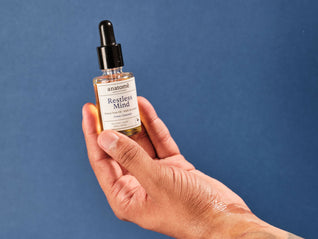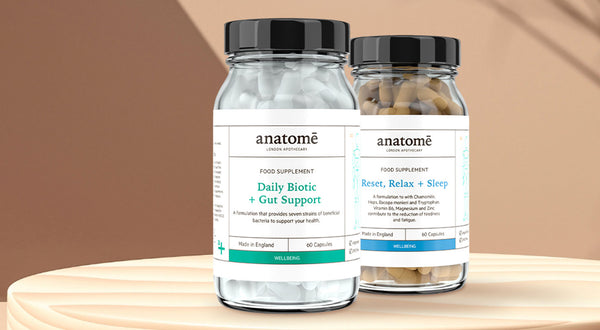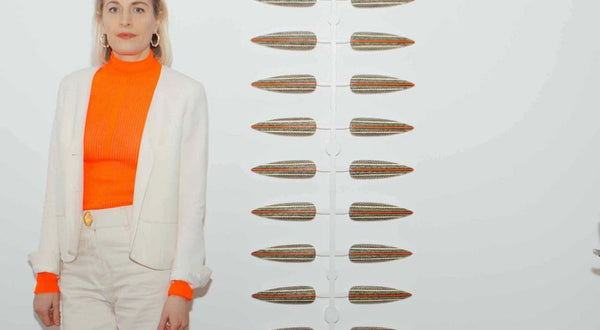Evening Primrose Oil has the reputation of magic, cure-all substance, nutritionists, beauty experts and home remedy specialists singing its praises. However, to fully reap the oil benefits, it’s essential to know how it works, its uses, and how to take it. Its benefits may be due to its gamma-linolenic acid (GLA) content, an omega-6 fatty acid. This oil promotes skin elasticity, firmness and moisturises the skin. Also, it can treat acne and eczema. Primrose oil is also widely used for its hormonal benefits. It can help with female hormonal balance and ease symptoms of menopause, premenstrual syndrome and polycystic ovary syndrome.
A biennial plant, it’s called Evening Primrose because its flowers open at sunset instead of sunrise. Although native to North America, it is found globally and has been used for medicinal and wellbeing purposes for centuries. North America’s Indigenous populations used the leaves and bark of the evening primrose plant to treat stomach problems, and sore throats applied the juices derived from its stem and leaves as topical remedies for skin inflammation and made poultices from the plant to soothe and treat bruises and wounds.
In Europe, evening primrose was renowned as a medicinal plant, which earned it the nickname “King’s Cure-All.” Today, evening primrose oil (EPO), extracted from the seeds, is prized because it contains crucial polyunsaturated omega-6 fatty acids – gamma-linolenic acid (GLA) and linolenic acid (LA). Your body turns LA into GLA, which is thought to be instrumental in maintaining brain function, keeping your bones and joints healthy, regulating your metabolism and contributing to reproductive health. It is also vital for stimulating skin and hair growth. While comprehensive studies are inconclusive about what exactly EPO does for the body, anecdotal evidence and smaller studies have suggested that it can provide a wealth of benefits.
EPO has long been taken by women approaching menopause to minimise the impact of hot flashes. A 2013 study showed that many participants found the severity, length, and frequency of hot flashes was reduced after taking evening primrose oil and reporting an improvement in overall wellbeing, relationships, and sexuality.
Many people take EPO to relieve the symptoms of certain skin conditions like eczema and dermatitis. The European Medicines Agency has approved EPO to treat long and short-term skin conditions based on its traditional use. Studies have shown that GLA effectively prevents dry and itchy skin caused by dry skin conditions and mild atopic dermatitis.
GLA has been proven to maintain joint function and ease joints’ morning stiffness in people with arthritis. Your body makes GLA into hormone-like substances called prostaglandins which work to reduce inflammation in joints. While conclusive evidence that EPO can aid with rheumatoid arthritis in any long term way is still to be gathered, some evidence exists that it can help ease joint stiffness when taken alongside your usual treatment.
According to a 2003 study, taking EPO capsules for 12 weeks or more can improve the skin’s elasticity, firmness, moisture, fatigue resistance and roughness. Researchers concluded that this was because GLA is an essential fatty acid for the skin, but the skin cannot produce GLA on its own. Therefore, adding GLA rich evening primrose oil as a supplement to the diet can help the skin achieve its optimal structure and function.
Plant extracts rich in good fats, like primrose oil, have been proven to help with female hormonal imbalance. The Royal College of Obstetricians and Gynaecologists states that EPO can reduce breast tenderness severity. Many women find that it helps ease other premenstrual syndrome symptoms such as breast tenderness, bloating, water retention, acne, depression, foggy thinking, and headaches.
While evening primrose oil isn’t quite the cure-all of medieval Europe, its benefits to the skin, joints, and hormonal balance mean it deserves a place in your nutrition and skin care regimen.
































